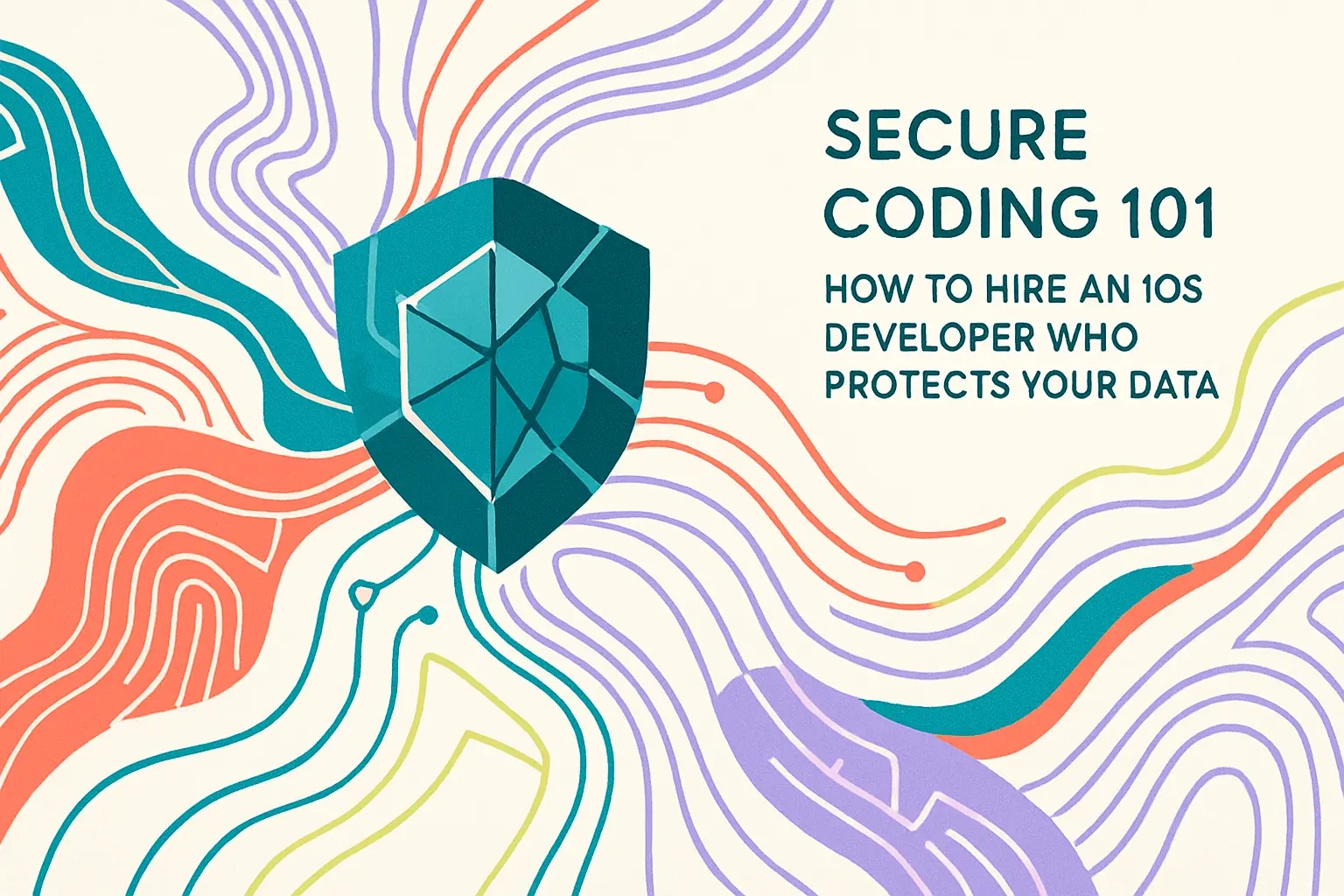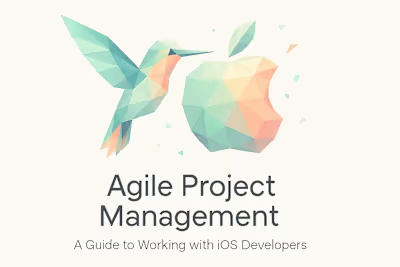Secure Coding 101: How to Hire an iOS Developer Who Protects Your Data

Secure Coding 101: How to Hire an iOS Developer Who Protects Your Data
Why Secure Coding is Non-Negotiable for Your iOS App
The Threat Landscape: From Data Breaches to Reverse Engineering
Understanding the OWASP Mobile Top 10
Essential Secure Coding Practices for iOS Developers
Data at Rest: Secure Storage and Encryption
Data in Transit: Secure Network Communication
Code Protection: Obfuscation and Anti-Tampering
Secure Authentication and Authorization
Vetting a Developer's Security Skills: What to Ask
Interview Questions Focused on Security Scenarios
Code Review and Portfolio Analysis
Look for a History of Continuous Learning
Integrating Security into Your Development Lifecycle
The Role of Regular Security Audits and Penetration Testing
Managing Third-Party Dependencies
Conclusion
References
Secure Coding 101: How to Hire an iOS Developer Who Protects Your Data
Why Secure Coding is Non-Negotiable for Your iOS App
The Threat Landscape: From Data Breaches to Reverse Engineering
Understanding the OWASP Mobile Top 10
Essential Secure Coding Practices for iOS Developers
Data at Rest: Secure Storage and Encryption
Data in Transit: Secure Network Communication
Code Protection: Obfuscation and Anti-Tampering
Secure Authentication and Authorization
Vetting a Developer's Security Skills: What to Ask
Interview Questions Focused on Security Scenarios
Code Review and Portfolio Analysis
Look for a History of Continuous Learning
Integrating Security into Your Development Lifecycle
The Role of Regular Security Audits and Penetration Testing
Managing Third-Party Dependencies
Conclusion
References
Posted Jul 6, 2025
A data breach can ruin your app's reputation. Learn the essential secure coding practices for iOS and the key questions to ask when you hire a developer to keep your user data safe.
0
2









